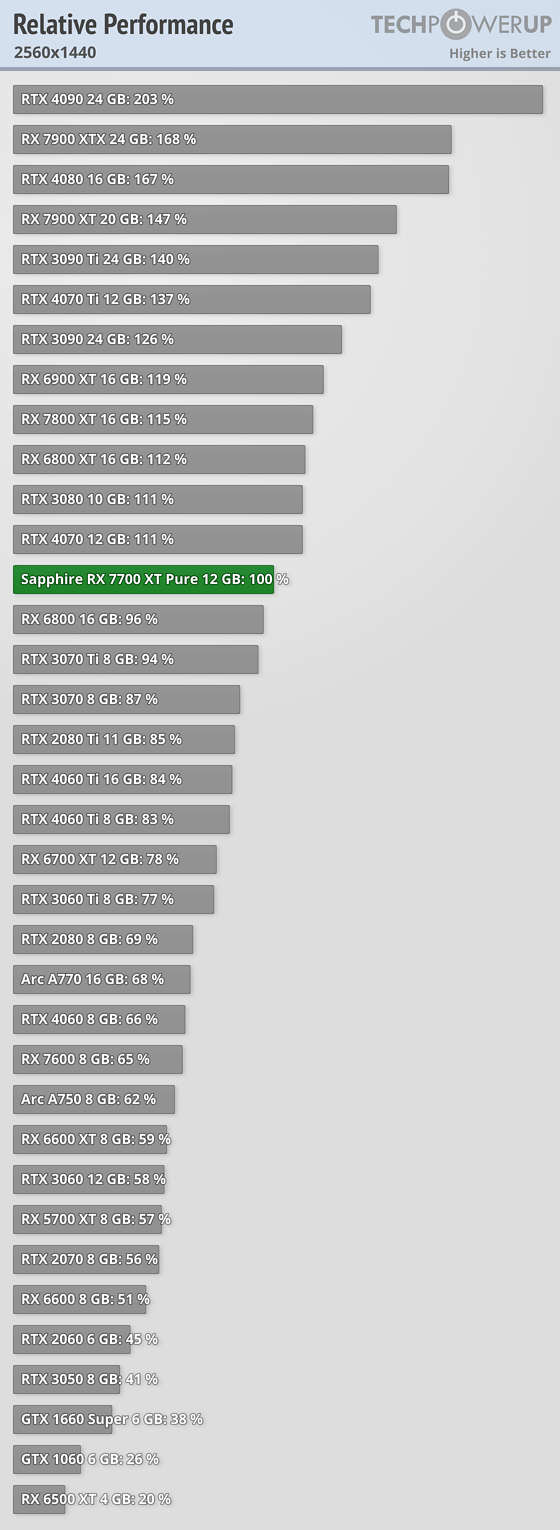GoldenTiger
Fully [H]
- Joined
- Dec 2, 2004
- Messages
- 29,672
They didn't skip Volta for consumer, it was never meant to be for consumers, just like hopper isn't. Really now? THAT'S your example? You really think they won't improve raster for two full gens? That's absurd.You forget they skipped Volta consumer cards I guess. Volta was no faster then the previous gen in terms of raster.
Last edited:
![[H]ard|Forum](/styles/hardforum/xenforo/logo_dark.png)
